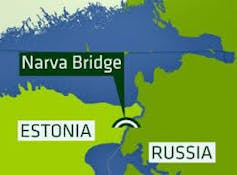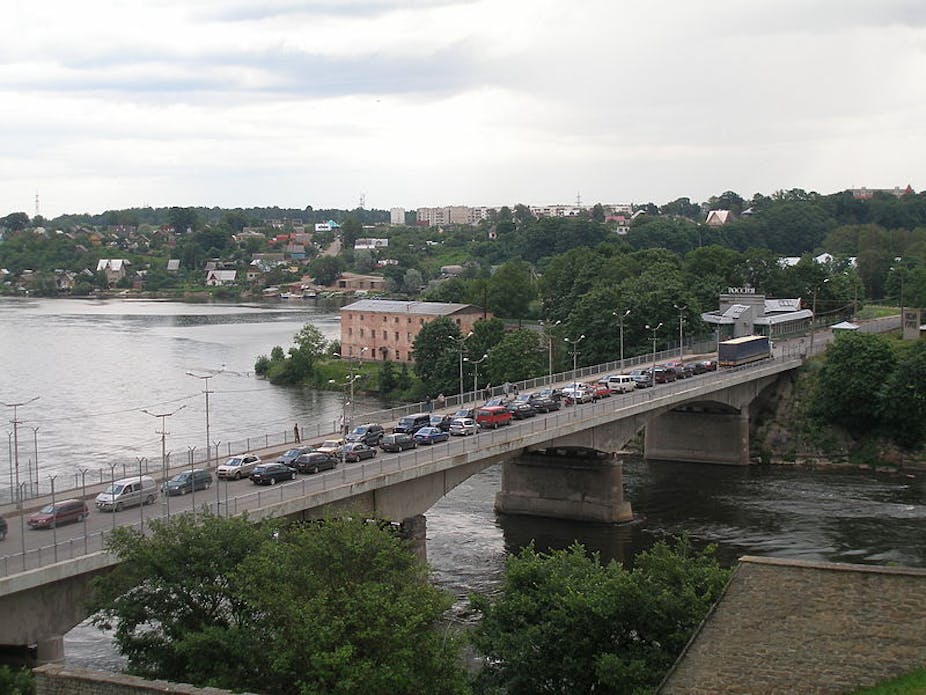The Russian invasion and rapid absorption of the Crimean peninsula might seem like the spark ready to ignite a new Cold War. In fact, given the feeble Western response so far, the more likely outcome is not the division of Europe once more between NATO’s Western alliance and a neo-Soviet Russia, but rather the fracturing and ultimate demise of NATO and the Western alliance itself.
Of course, no one expects the West to use military force to protect Ukrainian territory, despite the 1994 Budapest Memorandum in which Russia, the US and the UK guaranteed Ukrainian sovereignty in exchange for its relinquishing the nuclear weapons that remained on its territory after the collapse of the Soviet Union. Yet even the Russians now seem surprised, indeed somewhat amused, by how disunited and craven the Western response has been. Far from being isolated, Russia’s president Vladimir Putin’s very decisiveness has made him the most respected statesman in the world. So what comes next?
Having demonstrated to the Ukrainians with his Crimean excursion the emptiness of Western guarantees in the Budapest memorandum, Putin can now credibly demand that Ukraine either accept its status as a Russian vassal or cede more territory – starting with the city of Donetsk in eastern Ukraine, which has a slight Russian majority (he can also exert pressure from Moldova’s breakaway region, Transnistria, on Ukraine’s western flank, which has operated as a Russian colony for the past 20 years).
And if the assurances made to Ukraine only 20 years ago can so easily be exposed as empty posturing, how soon before Putin turns his attention to the Baltic and exposes the assurances made during NATO’s expansion there in 2004 as little more than the elaborate bluff they have always been? It may already be too late to save NATO – and the small Estonian city of Narva (population 64,667) is where it might well be buried.
Baltic expansion
Having lived under Tsarist control for centuries, Lithuania, Latvia and Estonia already had indigenous Russian-speaking minorities prior to their annexation by Moscow in 1940 – populations further supplemented by waves of migrants as the Soviets attempted to Russify these territories.
Since regaining their independence, these countries’ governments have subjected their Russian minorities, particularly in Latvia and Estonia, to varying amounts of low-level discrimination, particularly in the realms of language rights and citizenship. Indeed, ethnic Russians are far better integrated, their language rights far more secure, in Ukraine than they are in these Baltic republics. A pretext for intervention is readily at hand.

Narva sits on the northern-most portion of Estonia’s border with Russia, no more than 120km from the southern suburbs of St Petersburg. Unlike Crimea, where a bare majority of the population are Russians, in Narva nearly all the inhabitants identify themselves as ethnic Russians. Perhaps in the not-too-distant future, Russian border guards will be told to cross the bridge and walk the 400m that separates Narva’s town hall from the Russian border and help the locals seize control of their city.
In theory Narva is not only part of the EU, but within the territory covered by NATO. Yet despite all the solemn commitments no doubt now being repeated by US vice president Joe Biden during his visit to Warsaw, how might the US and its Western allies really respond? Would they send troops to push the Russians back? In Estonia? How would they get there? And what then? Is the US army prepared to then head north and reenact the siege of Leningrad (with German troops no less, in tow)? Would it threaten nuclear war? Over Narva?
What made the NATO alliance credible during the Cold War were not the words in treaties, but the trip wire afforded by the presence of hundreds of thousands of US, British and French troops stationed in West Germany. Absent all that, one European country after another will soon be looking to make its separate peace with Moscow, withdrawing first from the alliance and then perhaps from the EU as well.
West must stand firm
So what is to be done? The only realistic policy available is the imposition of economic sanctions that would cut Russia off from world markets. Such a policy would leave it unable to export its gas to the West. Vladimir Putin, who so far has run rings around his western counterparts, would no longer be able to sustain his government’s budget. The hyperinflation and shortages that would ensue might just make the idea of further adventurism abroad unpopular and force him to consider rapprochement with the West.
Of course cutting off Russia would also have significant deleterious effects on European economies, dependent as they are (and have allowed themselves to become) on Russian gas and the trade it finances. So far there is no indication that anyone is willing to contemplate anything more than empty gestures and symbolism.
In the long term, Europe must find ways to wean itself from its dependence on Russian gas, by developing alternative supplies, starting with the newly discovered fields in the Mediterranean and East Africa. Better still, domestic supplies are readily available once the (rather childish) opposition to fracking can be set aside.
Beyond that, the lazy assumptions that the US, through the NATO alliance, will continue to guarantee the sovereignty and freedom of its European allies can no longer be taken for granted. The election in the US of a community organiser as president in 2008, and his subsequent re-election in 2012, were not an aberration, but rather reflect the fast-changing priorities of the American people. As the US recedes over the horizon, its nuclear umbrella will recede as well. Those opposed to the maintenance of an independent nuclear capability in either the UK or France might want to think again.

